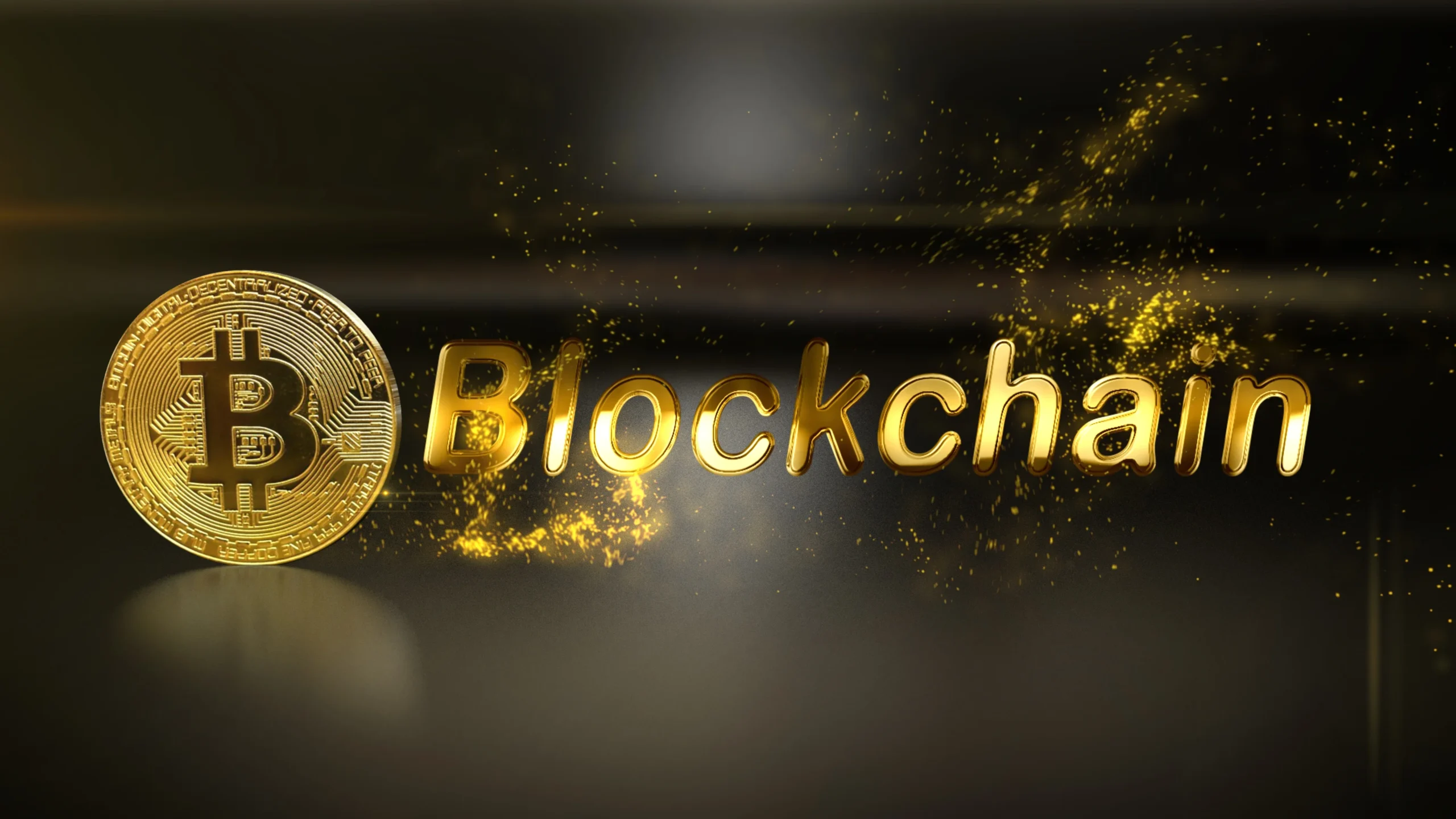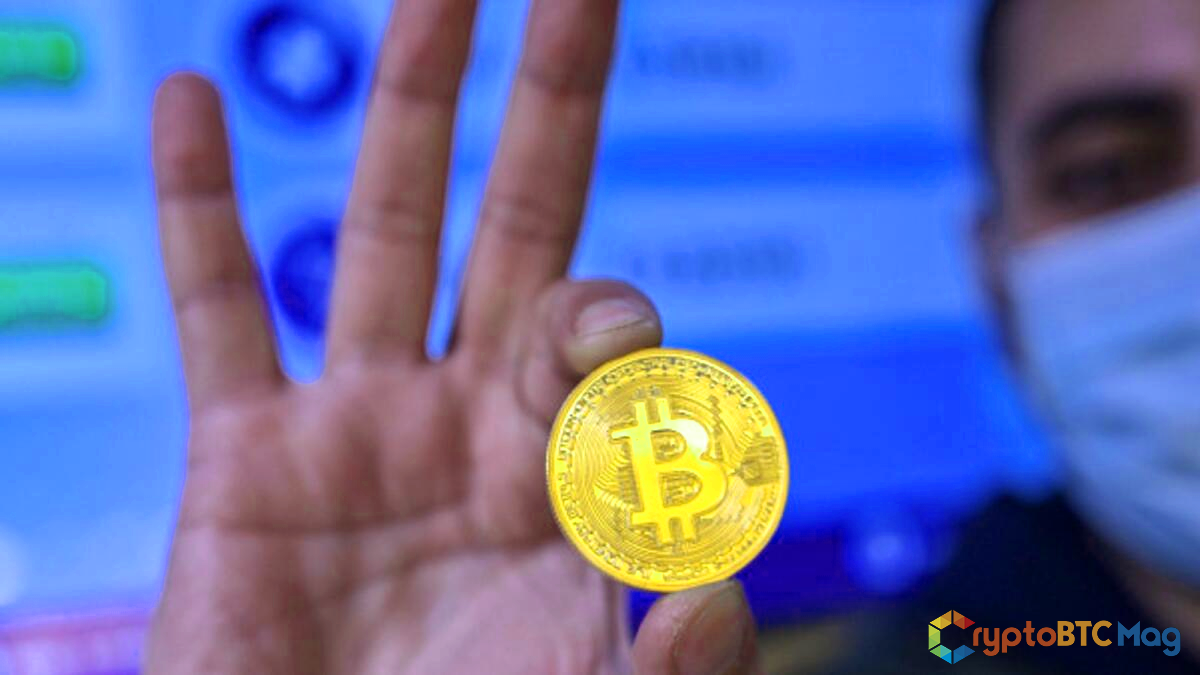
Top 10 Unlocking the Potential of NFTs and Collectibles
Top 10 Unlocking the Potential of NFTs and Collectibles? The world of art and collectibles has seen a massive shift in recent years with the rise of Non-Fungible Tokens (NFTs). NFTs are digital assets that are unique and cannot be replicated, making them highly valuable. They have been used to represent anything from digital art to tweets and sports highlights. NFTs and collectibles have disrupted traditional markets and have opened up new avenues for creators, collectors, and investors alike.
Understanding NFTs
NFTs, or non-fungible tokens, are unique digital assets stored on a blockchain that cannot be replicated or duplicated. Each NFT has its own unique digital signature that verifies its authenticity and ownership. NFTs can be used to represent anything with value, including artwork, music, tweets, and in-game assets. They have become popular in recent years as a new way for creators to sell their work and for investors to make a profit by buying and selling NFTs. NFTs have also opened up new opportunities for collectors, who can now own and trade unique digital assets that were previously unavailable. The potential uses for NFTs are vast, and the technology is still in its early stages, so it will be interesting to see how it evolves and impacts the digital world in the years to come.

1. Create and Sell Your Own NFTs
Creating and selling your own NFTs can be a lucrative and exciting opportunity. To create an NFT, you need to mint it on a blockchain platform that supports NFTs, such as Ethereum. This involves uploading a digital asset, such as artwork or music, and then using a smart contract to create a unique digital signature that verifies its authenticity and ownership. Once your NFT is minted, you can list it for sale on NFT marketplaces and other platforms, such as OpenSea or Nifty Gateway. When someone buys your NFT, they become the sole owner of that unique digital asset and can trade or sell it as they see fit. As the creator of the NFT, you can earn a percentage of the sale price each time your NFT is bought or sold on the secondary market. To sell your NFTs successfully, it’s important to create high-quality digital assets that are unique and desirable to potential buyers. You should also market your NFTs effectively, using social media and other channels to reach a wider audience. With the right strategy and approach, creating and selling your own NFTs can be a rewarding and profitable venture.
Investing in NFTs and collectibles can be a profitable and exciting opportunity for those who are interested in the digital art world. One way to invest in NFTs is to buy them on NFT marketplaces such as OpenSea, Rarible, or SuperRare. You can also participate in NFT auctions or buy NFTs directly from artists or collectors. Another way to invest in NFTs is through fractional ownership, where multiple investors can own a share of a high-value NFT. This allows smaller investors to participate in the NFT market without having to pay the full price for a single NFT. Collectibles such as sports cards, rare coins, or vintage toys are also a popular investment option. These items can increase in value over time due to their rarity, historical significance, or cultural relevance. To invest in collectibles, it’s important to do your research and understand the market. Look for items that have a proven track record of increasing in value, and buy from reputable sellers or auction houses. As with any investment, there are risks involved, so it’s important to diversify your portfolio and only invest what you can afford to lose. With the right approach, investing in NFTs and collectibles can be a profitable and enjoyable way to participate in the growing digital art market.
3. Participate in NFT Marketplaces
Participating in NFT marketplaces is a great way to buy, sell, and trade NFTs. There are several popular NFT marketplaces, including OpenSea, Rarible, and SuperRare, that allow users to list their NFTs for sale and purchase NFTs from other users. To participate in an NFT marketplace, you will need to create an account and link it to a cryptocurrency wallet that supports the NFT blockchain platform, such as Ethereum. Once your account is set up, you can browse the marketplace and search for NFTs that match your interests or investment goals. When you find an NFT you want to buy, you can place a bid or purchase it directly if it is a fixed-price listing. When you sell an NFT on a marketplace, you can set your own price or let the marketplace set the price based on current market trends. The marketplace will take a commission fee for each transaction, which varies depending on the platform. NFT marketplaces also offer features such as curation, where experts select and showcase high-quality NFTs, and social features, where users can follow their favorite creators or interact with other buyers and sellers. Participating in NFT marketplaces can be a fun and engaging way to buy, sell, and collect unique digital assets.
4. Collaborate with Other Creators
Collaborating with other creators is a great way to expand your reach and audience in the NFT and collectibles space. By working with other artists or creators, you can pool your talents and resources to create something truly unique and valuable. Collaboration can take many forms, such as creating a joint NFT collection, hosting a virtual exhibition together, or even creating physical art pieces. When collaborating with other creators, it’s important to establish clear communication and expectations from the beginning. This includes determining each person’s role and responsibilities, as well as outlining the terms of the collaboration such as ownership, profit sharing, and distribution. One way to find potential collaborators is by networking on social media or NFT communities. You can also reach out to other artists or collectors who share similar interests or styles. Collaboration can not only lead to new and exciting projects, but also help you build lasting relationships and connections in the NFT and collectibles community.
5. Showcase Your NFTs and Collectibles

Showcasing your NFTs and collectibles is a great way to share your unique digital assets with others and potentially attract buyers or collectors. There are several ways to showcase your NFTs and collectibles, both online and offline. Online, you can create a portfolio website or social media account dedicated to your NFTs and collectibles, where you can showcase high-quality images and descriptions of your assets. You can also participate in NFT marketplaces, where users can browse and purchase your NFTs. In addition, some marketplaces offer features such as curation, where experts select and showcase high-quality NFTs, giving your assets additional exposure.
Offline, you can showcase your NFTs and collectibles in physical exhibitions or events, such as art shows or conventions. This can help you reach a wider audience and potentially connect with new buyers or collectors. You can also display your NFTs and collectibles in your home or office, where they can serve as conversation pieces and add value to your space.
When showcasing your NFTs and collectibles, it’s important to present them in the best possible light. This includes using high-quality images, writing clear and concise descriptions, and highlighting any unique or noteworthy features. You can also consider offering additional context or backstory about the creation of your assets, which can add to their value and appeal. By showcasing your NFTs and collectibles effectively, you can attract more attention and potentially generate interest from buyers or collectors.
Read More: The Future Of NFTs Is Dependent On AI
6. Attend NFT Events and Conferences

Attending NFT events and conferences is a great way to stay up-to-date with the latest trends and developments in the NFT and collectibles space. These events bring together experts, enthusiasts, and creators from all over the world, offering valuable networking opportunities, educational sessions, and immersive experiences. Some popular NFT events and conferences include NFT NYC, NFT London, and ETHDenver, among others.
Attending these events can provide a range of benefits for NFT and collectibles enthusiasts. For one, they offer an opportunity to connect with other like-minded individuals, share knowledge, and build relationships. Additionally, many events feature keynote speakers and educational sessions, which can provide insights and perspectives on the current state and future of the NFT and collectibles industry. Some events also offer hands-on workshops and tutorials, where attendees can learn new skills and techniques for creating and trading NFTs.
Aside from the educational and networking benefits, attending NFT events and conferences can also be a fun and memorable experience. Many events feature interactive exhibits, art installations, and live performances, which can add to the overall atmosphere and excitement. By attending these events, you can gain valuable knowledge, make new connections, and have a great time while doing so.
7. Create Limited Edition NFTs
Creating limited edition NFTs is a popular strategy for increasing the value and exclusivity of your digital assets. By limiting the number of copies available for sale, you can create a sense of scarcity and increase demand for your NFTs. This can lead to higher sale prices and a greater sense of prestige for both the creator and the collector.
To create limited edition NFTs, you will need to determine how many copies you want to produce and set a specific number. This can range from just a few copies to several hundred, depending on your goals and the level of exclusivity you want to achieve. Once you have determined the number of copies, you can create your NFTs using your preferred platform or marketplace.
When creating limited edition NFTs, it’s important to consider the uniqueness and quality of each asset. You may want to create special variations or features for each copy, such as different colors, backgrounds, or sound effects. You can also consider bundling your limited edition NFTs with other digital or physical products, such as artwork, merchandise, or experiences.
Marketing your limited edition NFTs is also important to generating interest and attracting buyers. You can use social media, email marketing, and other channels to promote your NFTs and build excitement around the limited availability. Additionally, partnering with influencers or other creators can help you reach a wider audience and generate more sales.
Overall, creating limited edition NFTs can be a highly effective strategy for increasing the value and exclusivity of your digital assets. By offering a limited number of high-quality, unique NFTs, you can attract collectors and generate more revenue for your work.
8. Use NFTs for Gaming
NFTs have enormous potential for the gaming industry, allowing gamers to own, trade, and collect unique in-game assets. With NFTs, game developers can create a more engaging and immersive gaming experience, as players can truly own and customize their digital assets.
One of the key benefits of using NFTs in gaming is that they provide players with true ownership of their in-game items. Unlike traditional gaming items, which are owned by the game developer, NFTs can be bought, sold, and traded on blockchain-based marketplaces. This means that players can truly invest in their gaming experience, as they own unique assets that can potentially increase in value over time.
NFTs also offer game developers a way to monetize their creations beyond just selling copies of the game itself. By creating unique and valuable in-game assets, developers can generate revenue through NFT sales and transactions. This can provide a more sustainable business model for game developers, as well as new revenue streams for gaming companies.
9. Use NFTs for Charity
One unique way that NFTs can be used is for charitable purposes. NFTs can be created and sold to raise funds for various causes and organizations. Charities can create and sell NFTs as a way to raise money, with each NFT representing a donation to the cause.
One of the benefits of using NFTs for charitable purposes is that they can be easily tracked and verified on the blockchain. This ensures that each donation is transparent and secure, providing donors with confidence in their contributions. Additionally, the unique nature of NFTs can create a sense of exclusivity and scarcity, potentially driving up demand and increasing fundraising efforts.
NFTs can also provide a unique way to engage with donors and supporters. Charities can offer NFTs as rewards for donations, providing donors with a tangible and unique item in exchange for their support. This can create a stronger emotional connection between donors and the cause, potentially leading to increased donations and ongoing support.
Furthermore, NFTs can also provide a way to showcase the impact of charitable donations. Charities can create NFTs that represent specific projects or initiatives, allowing donors to see the tangible impact of their contributions. This can create a sense of fulfillment and satisfaction for donors, knowing that they are making a difference and seeing the results of their support.
Overall, NFTs offer a unique and innovative way to raise funds and support charitable causes. As blockchain technology continues to evolve, we can expect to see more and more charities and organizations incorporating NFTs into their fundraising efforts.
10. Use NFTs for Authentication
NFTs can also be used for authentication purposes, providing a secure and transparent way to verify ownership and authenticity of digital assets. This can be particularly useful for creators, collectors, and businesses in industries such as art, fashion, and sports memorabilia.
Traditionally, authentication of physical assets has been a complex and often subjective process, requiring specialized knowledge and expertise. With NFTs, however, the verification process can be streamlined and made more objective through the use of blockchain technology.
For example, an artist can create an NFT that represents their original artwork, ensuring that the digital asset is unique and cannot be duplicated or altered without detection. Collectors can purchase the NFT as a way to prove ownership of the original artwork, with the NFT serving as a certificate of authenticity.
Similarly, in the world of fashion, NFTs can be used to authenticate limited edition items, such as sneakers or designer clothing. By creating an NFT that represents the item, the owner can prove that they are in possession of the original, authentic product.
In the sports industry, NFTs can be used to authenticate memorabilia, such as game-worn jerseys or signed baseballs. By creating an NFT that represents the item, the owner can prove that they have the authentic, original piece of memorabilia.
Overall, NFTs provide a secure and transparent way to verify ownership and authenticity of digital assets, offering a new level of trust and confidence in industries where authenticity is highly valued. As blockchain technology continues to develop, we can expect to see more and more applications of NFTs for authentication purposes.
Conclusion
n conclusion, NFTs and collectibles represent a new and exciting frontier in the world of digital assets. By leveraging blockchain technology, creators, collectors, and businesses can unlock new opportunities for creating, selling, and trading unique digital assets.
Whether you’re an artist looking to showcase your work, a collector seeking new investment opportunities, or a business looking to authenticate and monetize your digital assets, there are many ways to unlock the potential of NFTs and collectibles.
From creating and selling your own NFTs, to participating in marketplaces, collaborating with other creators, and using NFTs for gaming, charity, and authentication, the possibilities are endless.
As the NFT market continues to grow and evolve, we can expect to see even more innovative and exciting applications of this technology. By staying up-to-date on the latest trends and developments, you can position yourself for success in this dynamic and rapidly-changing industry.
So whether you’re a seasoned veteran or just getting started, now is the time to explore the world of NFTs and collectibles, and unlock their full potential for creativity, investment, and innovation.





